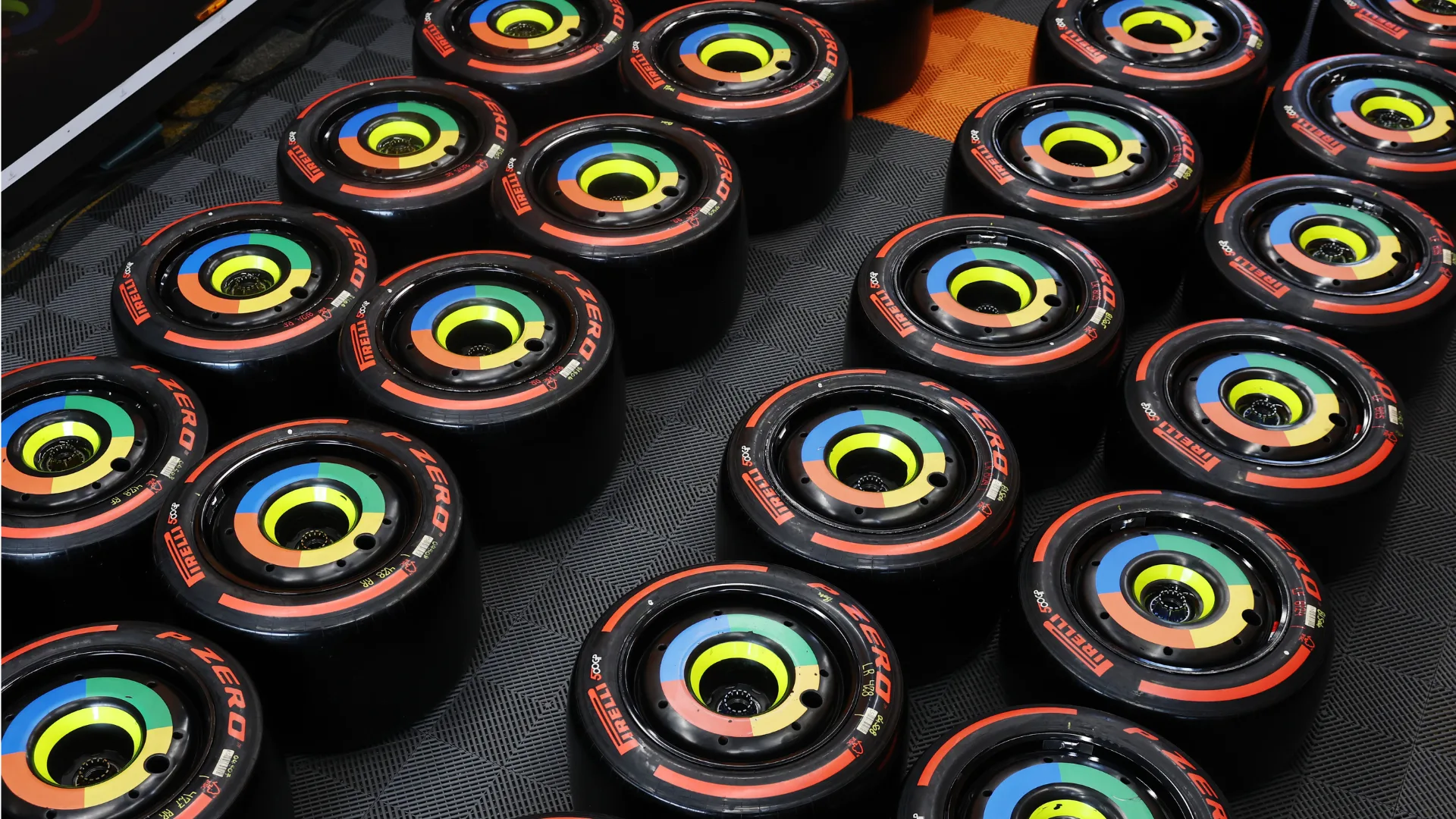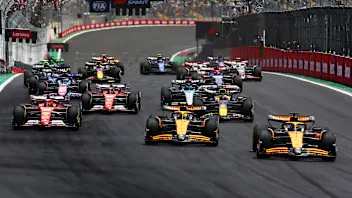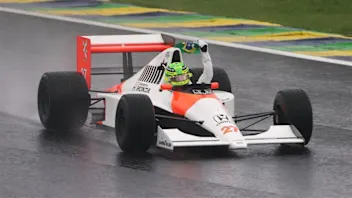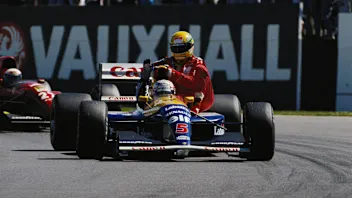Formula 1 moves on to the Autodromo Jose Carlos Pace – also known as Interlagos – for the Sao Paulo Grand Prix this weekend, with tyre supplier Pirelli confirming the compounds that will be in play.
For Round 21 on the calendar – which will also host the penultimate Sprint of the season – a combination of the C2 as the hard, the C3 as the medium and the C4 as the soft will be deployed across the three days of action, a selection one step harder than those used in 2024.
Drivers will get two sets of the hard tyre (marked white), three sets of the medium tyre (marked yellow), and eight sets of the soft tyre (marked red), as well as access to the green intermediate tyre and the blue full wets, should they be required.
An extra set of softs is reserved for those who reach Q3 in Qualifying, while all drivers must use at least two different slick compounds during the race, providing the track is dry.
“Last year, the dry weather tyres were not required for the race, but when used on Friday and Saturday morning, they showed high levels of wear, as well as graining, especially on the rear axle,” reads Pirelli’s weekend preview.
“The circuit had been completed resurfaced, thus leaving a very smooth surface, less abrasive than in previous years, although still with plenty of bumps around the track.
/1920_21-br25-preview-en.webp)
“If conditions are similar, with the inevitable variations due to the ageing of the asphalt, the decision to bring harder compounds could thus extend the performance life of the tyres, which are already more resistant to degradation than the 2024 range. That might allow the soft to come into play, which last year was only used for Sprint Qualifying.”
Reflecting on the characteristics of the Autodromo Jose Carlos Pace, the preview continues: “The layout at Interlagos is interesting, with hints of an anti-clockwise oval circuit, which the drivers deal with 71 times in the race.
“It boasts 15 corners with relatively balanced lateral and longitudinal forces that do not put any undue strain on the tyres, as they are subjected to loads distributed equally between the front and rear axles.
“The combination of several straights and much twistier sections offers plenty of overtaking opportunities, although it also means there’s a higher risk of Safety Cars and incidents. At this time of year, the weather and temperature can be very variable, with a risk of frequent rain and the inevitable use of wet weather tyres.
“A further peculiarity of Interlagos is the bumpy nature of the track, as a result of it being built on relatively unstable ground: just one more challenge for drivers and teams to deal with in terms of set-up and tyre management.”
For more information about Pirelli’s F1 tyres, visit pirelli.com.
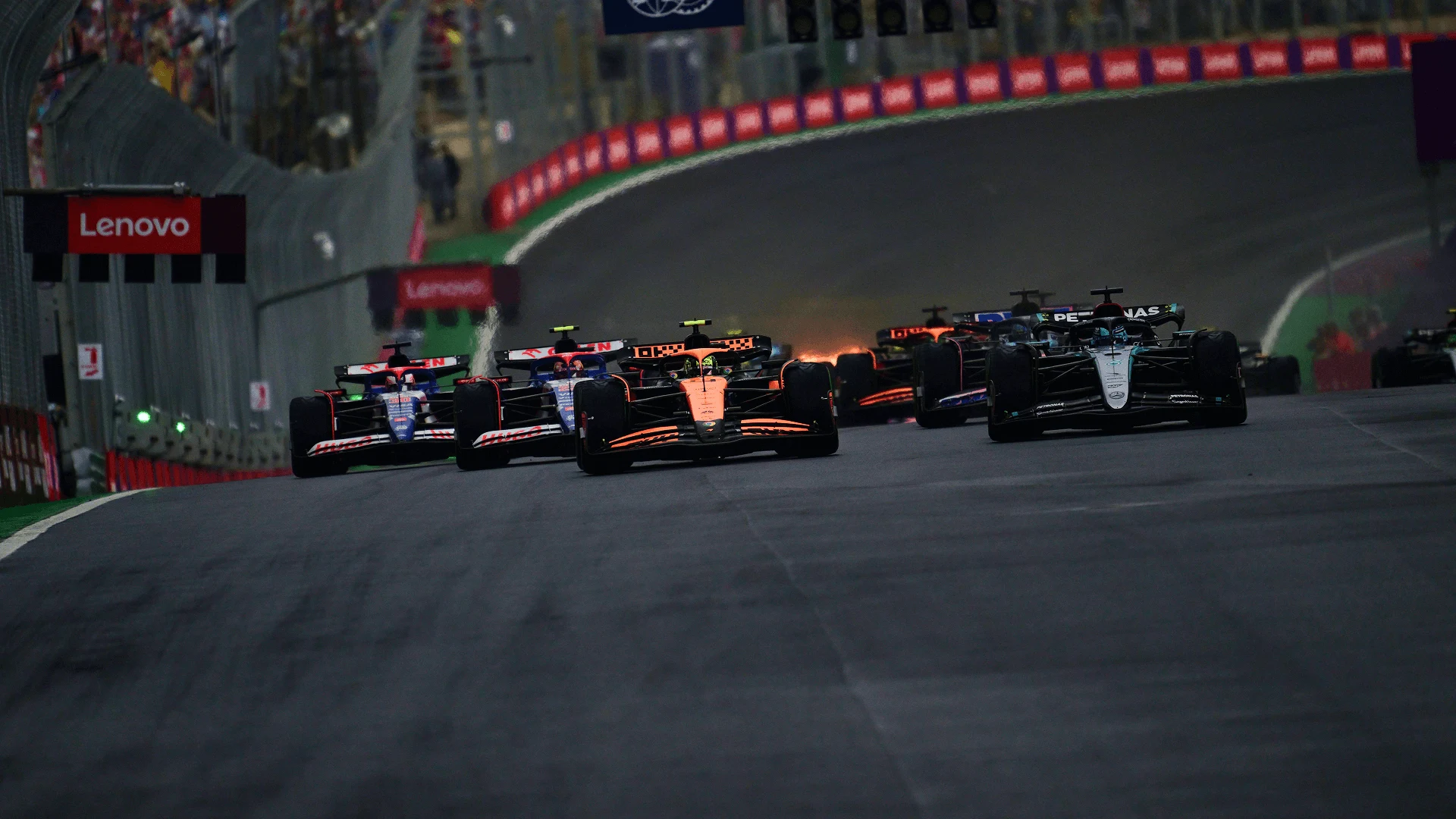
Next Up
